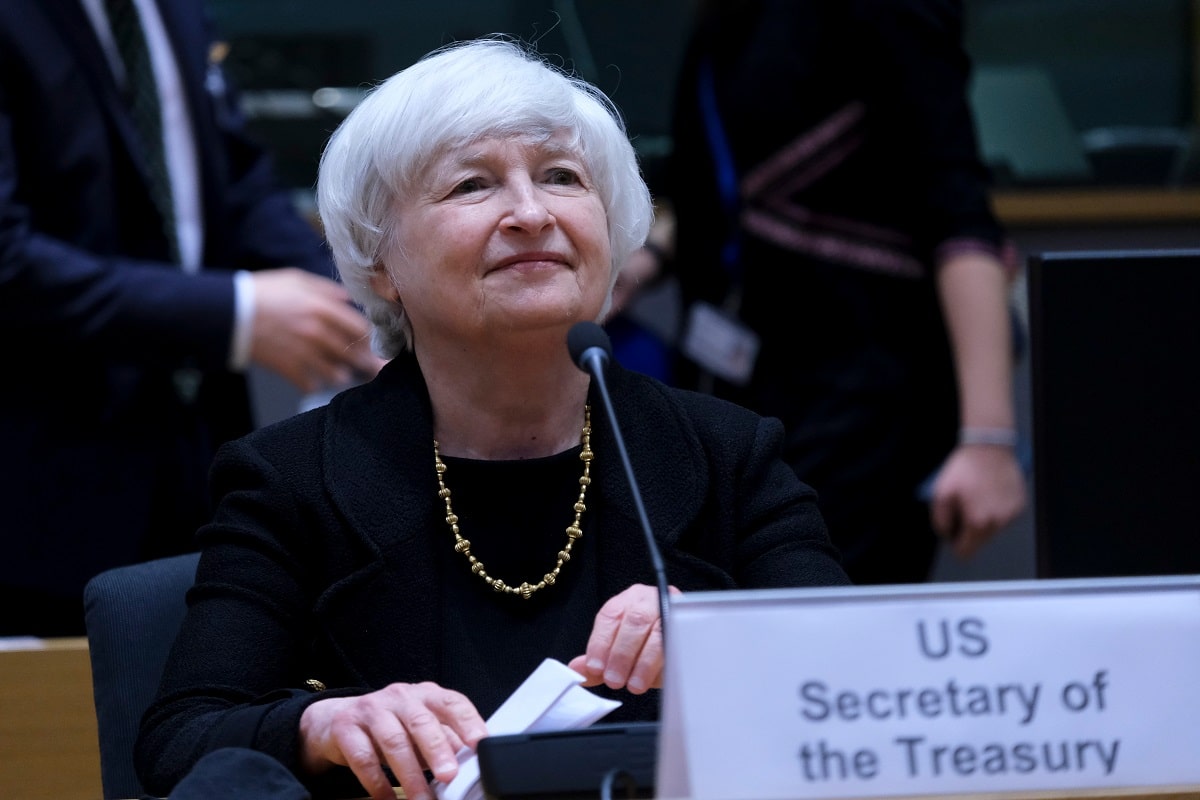
Recent Articles
One of the most influential bankers in the world has made a number of warnings and predictions for the U.S.[..]
Walmart is facing a $45 million lawsuit, and you could be eligible to receive a $500 million payout as part[..]
In March, the government released new data on unemployment among Black Americans. The increase, especially among black women, has drawn[..]
A new generation of adults is entering the real world, and there are a few things they can do to[..]
During a recent trip to China, Janet Yellen confirmed that the U.S. would protect its own industry from a flood[..]
Dave Ramsey has lashed out at younger critics of his financial advice, calling them “just awful” in an explosive Fox[..]
The pervasive spread of microplastics across the globe is both shocking and deeply concerning, affecting ecosystems and human health alike.[..]
In the bustling urban landscapes of America, overcrowded public trains are more than just an inconvenience; they’re a daily challenge[..]
In the evolving landscape of American business, the rise of millennials in the workforce is reshaping what we traditionally understand[..]
TRENDING NOW
The U.S. is poised on the brink of a major labor shift. The Biden administration is set to unveil a rule that could transform how gig economy workers are classified, impacting millions and stirring up a mix of reactions across various industries. A Groundbreaking Rule The Biden administration is about[..]
TRENDING NOW
YOUR MONEY,
CAREER & EDUCATION,
BETTER LIVING,
INVESTING
Whether you’re looking to invest smarter, save better, or simply stay in the know about money matters, we’ve got you covered. Join our community of savvy individuals and let’s journey together towards financial success and a brighter future.
With Wealthy Living by your side, achieving your financial goals has never been easier. wealth


ABOUT US
At Wealthy Living, we’re all about making money management and wealth growth a breeze. We provide practical advice, insightful tips, and the latest trends in personal finance, all delivered in a friendly and approachable way.
Whether you’re looking to invest smarter, save better, or simply stay in the know about money matters, we’ve got you covered. Join our community of savvy individuals and let’s journey together towards financial success and a brighter future.
With Wealthy Living by your side, achieving your financial goals has never been easier.

























